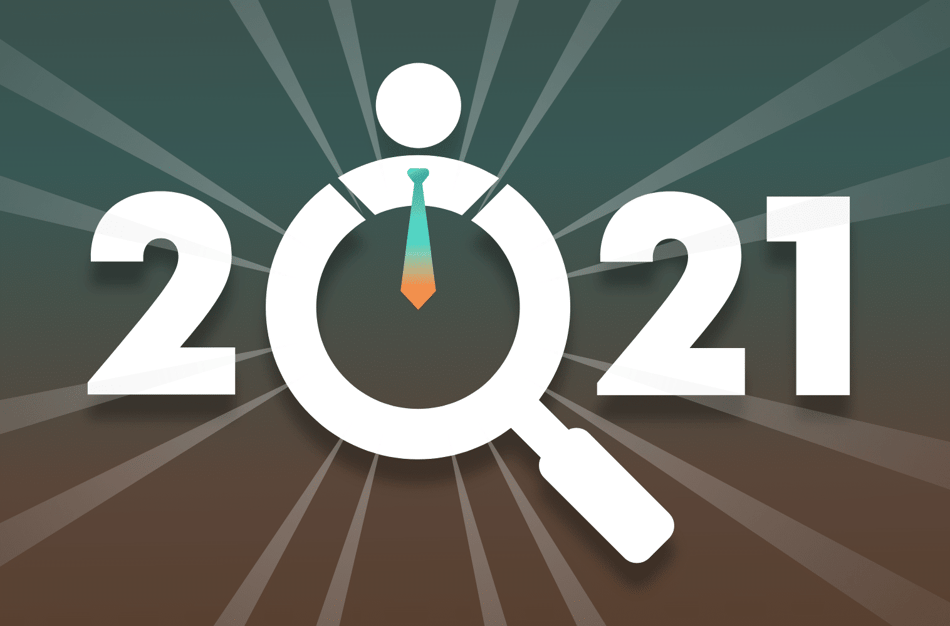Job application processes have always been diverse. Some, more lengthy and detailed than others. It seems some employers want an applicant to provide insight into their relevant skills and experience so they can gauge the general suitability to the advertised position, this seems fair enough right? However, other applications seem more like an interrogation through a collation of questions that possess no relevance to the position or prospective company. Taking both these recruitment styles into account, diversifying the application process will encourage employers and candidates to make more informed decisions about embarking on their new employment journey.
The following analysis serves the purpose of presenting Human Resource managers with an understanding of the flip side of the recruitment process. To provide the applicants perspective on the positives and negatives of the process. Most importantly, how these positives and negatives may be tailored in future to ensure optimal outcomes for both the employer and prospective employee.
The Job application experience
The job application process varies between companies. Some companies format the online job application process as a starting point to extract only necessary information, such as skills and experience. Potentially a few questions about ethics and values to begin to understand their cultural fit within the company. Employers often use this data collated from the online application step to determine the eligibility of the applicants so they can be shortlisted and further progressed in the recruitment process. After this, a meeting will likely be organised between the employer and prospective employee to further determine the suitability. This interview may be utilised to gain a better understanding of their cultural fit within the company through seeing the applicants personality displayed. Further conversation may be had about the their priorities and potentially, other important elements such as their team building capabilities.
Other companies structure their online application process with gruelling questions about values and ethics to determine the cultural fit. Therefore, the basis of their applicant profiling is based on text, lacking essential elements of communication such as eye contact, tone and body language. Therefore, limiting the application process to value words over actions. This can have a detrimental effect as it potentially eliminates viable candidates. This is a result of applicants not having been presented with the opportunity to best express themselves. Neither process is wrong… but would some companies and candidates benefit from tailoring this recruitment approach?
The multiple questions in the online recruitment process can make an application exhaustive or make an applicant feel decreasingly confident in their suitability to the desired position. It may lead applicants to think, if this is the intensity of the questions they are asking me without an in person meeting, what would their expectations be like in a workplace? This further poses the risk of an incomplete application as it may spark the mentality of it being a time wasting activity. After all, they are already feeling the job is unattainable after the mass of questions they have answered.
The process of a job application online has the potential to predetermine an applicant’s perspective of a workplace. It is seemingly undervalued the concept of the applicant simultaneously interviewing the employer. Relationships are mutual and workplaces are collaborative. Therefore, the applicant needs to ensure that the business and culture is a correct fit for them and their desired job position or workplace environment. After all, if the prospective employee didn’t feel the company was a correct fit for them would the employer knowingly progress them? Probably not, therefore the adoption of encouraging questions from the candidate benefits the employer also.
Moreover, the recent climate has limited face to face interaction. This impacts the recruitment process as people are being confined to believe their eligibility is purely determined by how well they can promote themselves through the online applications step. With pandemic enforced restrictions easing, more opportunity for real time interaction is available. Would it not be more beneficial for companies to provide the opportunity for candidates to express and present themselves in real time? This likely provides candidates and employers more insight to make informed decisions about their place and prospective contribution within an organisation.
The follow up process… if there is one?
Two weeks go past and the applicant may have had a notification from the job application platform such as Seek or Indeed, saying that the employer has viewed their application. However, is there any follow up from the employer? Sometimes there might be a “Unfortunately we have decided not to proceed with your application, we wish you the best in future endeavours.” Apart from that, not much further information is given. Not only is this disheartening, it leaves applicants feeling confused. Was it the way the questions were answered? Perhaps it was a lack of relevant experience? The feeling of being left wondering creates uncertainty and a lack of confidence for future applications.
It would be beneficial for both employers and applicants if the follow up processes were more informative. Taking the time to reply to an applicant also allows for a company to demonstrate their integrity. If someone has taken the time to apply for a job, the time should be taken in return to send an email explaining the proceeding elements if successful or alternatively, reasoning as to why they do not fit the role.
Recruitment process recommendations
The improvement of an application process has the potential to strengthen or weaken a workforce by ensuring appropriate measures are taken to employ the right candidates. Listed below are some recommendations to improve this process derived from issues that have been identified by applicants throughout the recruitment period.
1. Minimising the length of online applications – rather, using them to derive the congruence of essential criteria (skills and experience) for short listing and then allowing an in person meeting to determine the cultural fit for both parties, (employer and employee)
2. Implementing seamless technological processes in the online recruitment process to minimise time wasting and ensure candidates maintain the intention of application completion
3. Maintaining an approachable demeanour throughout the in person interview process, allowing a candidate to feel able to ask questions so they can assess the companies congruence with their personal workplace criteria
4. Asking questions of the candidate of how they found the recruitment process, can they recommend any improvements to make it more user friendly?
5. Always follow up – following up with an unsuccessful candidate is as important as contacting them if they are being progressed. Consequently, maintaining the company’s integrity and providing clarity to the unsuccessful candidates to assist them with their future applications
The above insight demonstrates some limiting barriers in the job application process of ensuring the “right fit” for both employers and candidates. The key “take homes” listed in the above recommendations encourage employers to adopt the perspective of the candidate in the recruitment process. To place importance on answering questions that a prospective employee would want answered. To encourage a focus on engaging further in face to face communication before a candidate is deemed unsuitable. Ensuring feedback and encouragement are provided even if a candidate was unsuccessful. Furthermore being prompt in the follow up process to mitigate the issue of losing a candidate to a competitor or the candidate being left feeling uncertain.
Moving forward in 2021 focus on embracing the opportunities of face to face meetings, giving people opportunities to present themselves more diversely, rather than merely text behind a screen. It is mentionable that the employer needs to emphasise efficient communication throughout the entirety of the recruitment process within the workplace. Therefore, staff can voice what they need from a new team member as they will be working collaboratively. The communication also needs to be clear between the employer and the candidate to keep them updated on the progression of their application.
Utilise these key recommendations from an applicant’s perspective to tailor the recruitment process to ensure new and improved elements of implementing seamless technology, effective communication and prompt decision making.
It’s 2021 start putting people and relationships first!





Blog comments